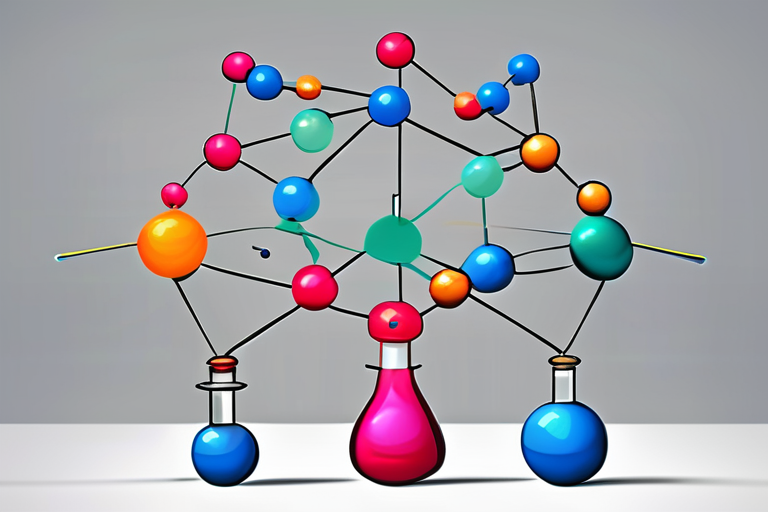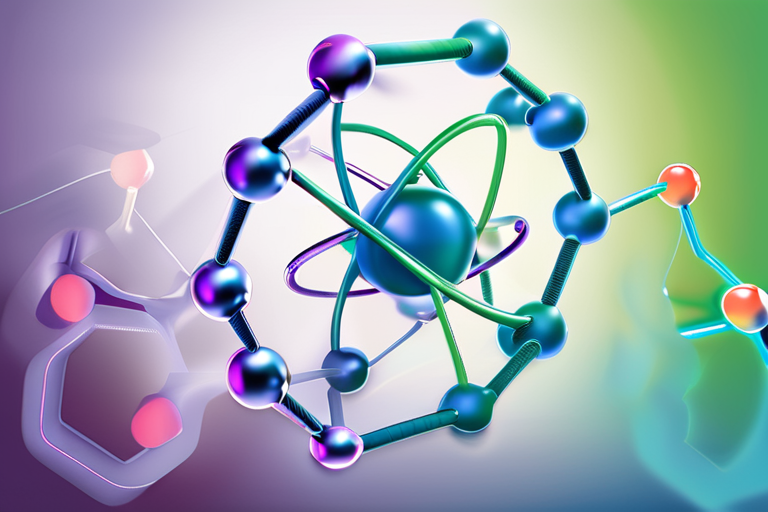Researchers at a leading institution have successfully developed a novel method for the asymmetric synthesis of acyclic N-stereogenic amines, a breakthrough in the field of synthetic chemistry. According to a recent study published in the journal Nature, the team has created a catalytic process that enables the production of stable, enantiopure anomeric amines, which have been challenging to synthesize due to their rapid pyramidal inversion.
The researchers employed a unique approach involving the addition of enol silanes to nitronium ions that ion pair to a confined chiral anion. This method slowed down the commonly observed isomerization of the produced amines, allowing for the creation of stable, enantiopure compounds. Computational studies provided additional insight into the origin of the observed stereocontrol, shedding light on the complex mechanisms involved in this process.
Dr. Maria Rodriguez, lead researcher on the project, explained the significance of this breakthrough: "Our work opens up a new avenue to investigate the fascinating and previously underexplored chemistry of enantiopure anomeric amines. This has the potential to lead to the development of new medicines and materials with unique properties." Dr. Rodriguez emphasized the importance of understanding the stereochemistry of nitrogen-containing molecules, which is a critical aspect of many biological processes.
The development of this novel synthesis method has significant implications for the field of synthetic chemistry and beyond. Enantiopure anomeric amines have potential applications in the development of new medicines, materials, and agrochemicals. The ability to synthesize these compounds with high enantioselectivity will enable researchers to explore their properties and potential uses in greater detail.
The researchers' use of computational studies to understand the stereocontrol mechanisms involved in this process highlights the growing importance of AI and machine learning in synthetic chemistry. By leveraging AI-powered tools and techniques, researchers can gain a deeper understanding of complex chemical processes and develop new methods for synthesizing complex molecules.
As the field of synthetic chemistry continues to evolve, researchers are likely to build upon this breakthrough, exploring new applications and methods for the synthesis of enantiopure anomeric amines. The development of this novel synthesis method is a testament to the power of interdisciplinary research and the potential for AI to drive innovation in the sciences.


























Share & Engage Share
Share this article